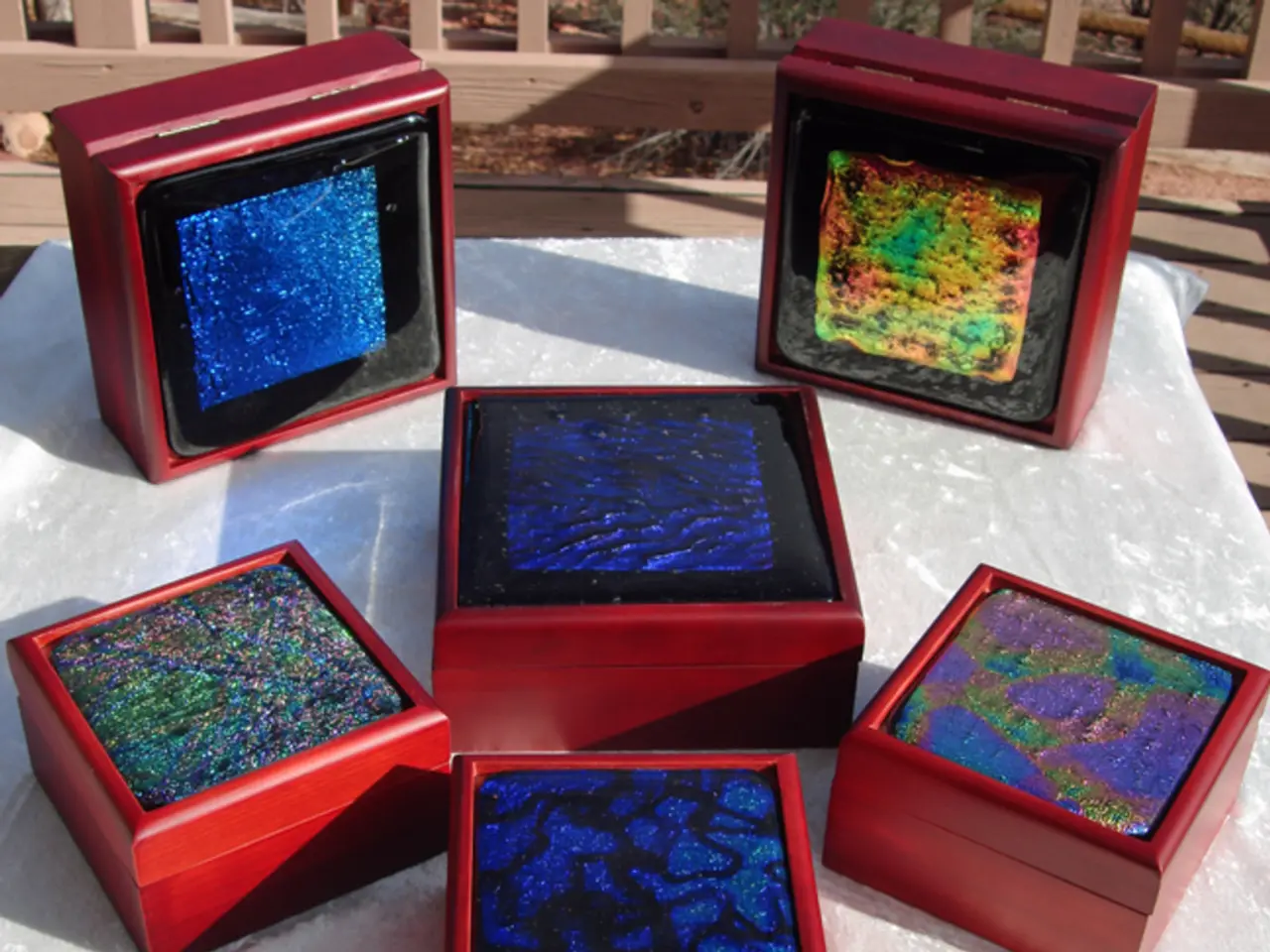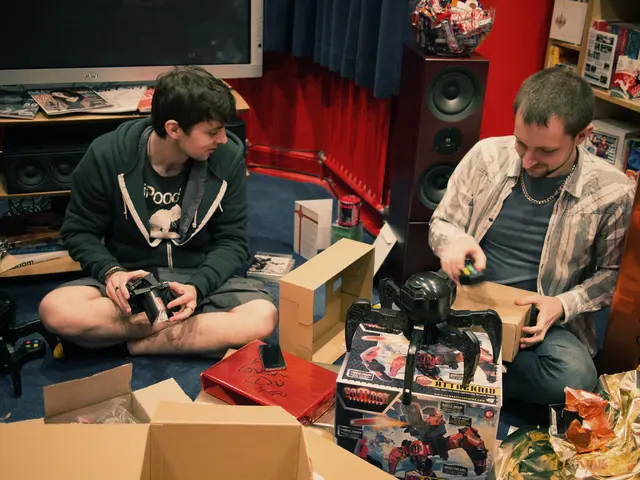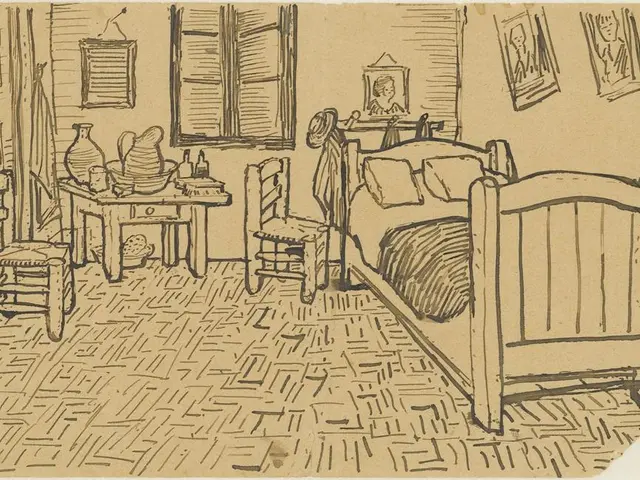"Investigating the Mystery of Objects and their Surrounding Energy Fields"
In a striking departure from tradition, luxury brand Hermès unveiled an innovative approach at this year's Milan Design Week, challenging the status quo of design and redefining the role of objects in contemporary society.
The intention behind the latest Hermès show was to examine the inestimable qualities of objects and encourage visitors to consider their latent power, perfection, and the power of imagination. The white universe of the show laid bare the primary intention, inviting visitors to build a connection between viewer and object without distraction, focusing on the pieces forensically.
The setting of the show was clinical, pristine, ethereal, and otherworldly, inviting visitors to consider the emotion of an object. The white box approach, with geometric-shaped boxes suspended in the air and pools of coloured light, questioned inherent emotional values within objects and examined something opaque and mysterious about design. The boxes weren't mere plinths, but more like inverted altars, inviting visitors to worship the contents or study each display with forensic attention.
One standout piece in the Hermès collection was Tomas Alonso's coloured glass side table. The table, with its combination of industrial glass and beautifully crafted Japanese woodwork, showcases Alonso's skill as a designer. The table's tray rotates with precise mechanism, construction, and movement, demonstrating the fusion of art and technology in modern design.
Charlotte Macaux Perelman and Alexis Fabry, the masterminds behind Hermes scenography, work together to reinforce their convictions and bring different perspectives to a shared conclusion. They aimed to expose the limits of their points of strength and weaknesses in the latest Hermes show.
Hermès first showed its homeware at Milan Design Week over a decade ago. Since then, Hermès shows have become a bellwether in the design industry, often appearing on moodboards of design houses years later. However, this year's show is a radical departure, challenging the designers to keep moving and examining the inestimable qualities of the object itself.
This kind of radical change signals that design today is less about conventional aesthetics or pure functionality and more about expressing complex human experiences, emotions, and identities through objects. Contemporary design increasingly treats objects as carriers of meaning and narrative, reflecting psychological depth and societal values rather than merely decorative or utilitarian purposes.
Other standout pieces included Amer Musa's cashmere throws and Nigel Peake's hand-painted, geometric porcelain collection. The latest Hermès show at La Pelota marked a significant shift in the current state of design, signalling a move toward more experimental, conceptual, and emotionally resonant design approaches.
In summary, Hermès’ break from tradition at Milan Design Week 2022 reflects a contemporary design ethos that values innovation, emotional engagement, and cultural reflection. Objects are increasingly seen as expressive tools that connect deeply with human identity and societal narratives, marking a significant evolution in how design influences and interacts with modern life.
In the latest Hermès show, the designer Tomas Alonso showcases his talent with a standout piece, a coloured glass side table, which embodies the fusion of art and technology in modern interior-design, with its rotating tray illustrating intricate mechanism and movement. This table, engaging with the themes of the show, serves as a testament to the role of design as a carrier of lifestyle narratives, reflecting cultural values and human experiences in a contemporary home-and-garden setting.





